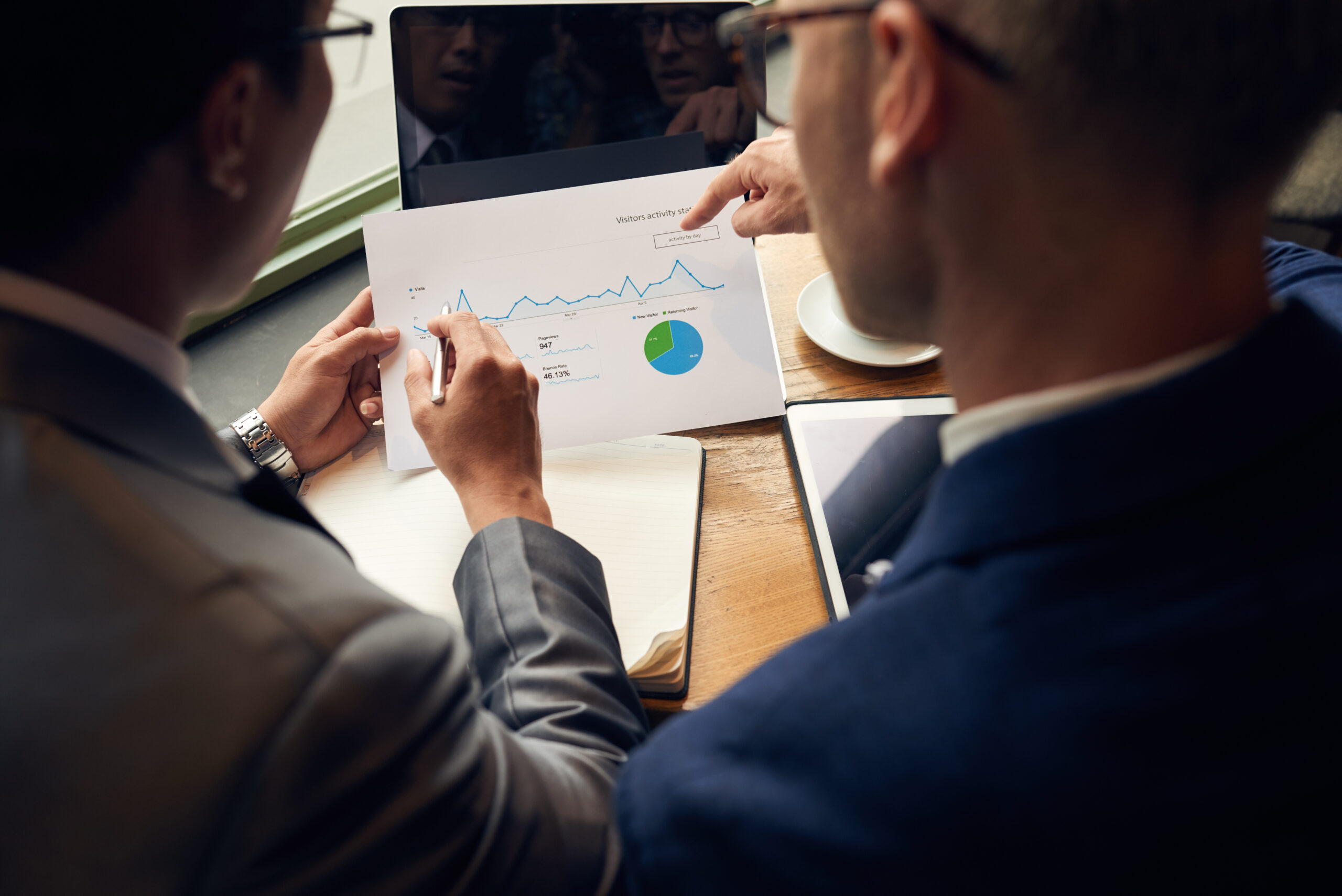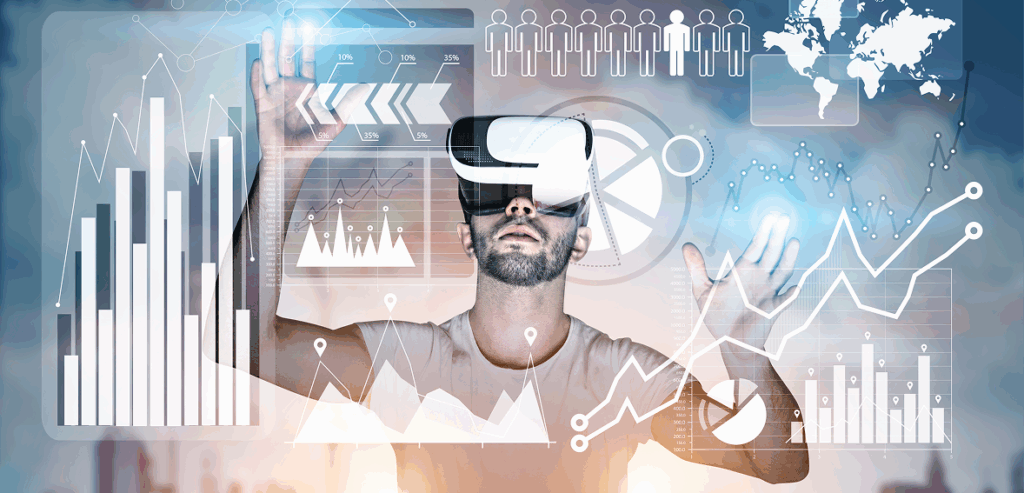
Mapping the Patterns That Shape Tomorrow
The Power of Seeing Ahead
The pace of change in today’s world is faster than at any other time in history. Technology evolves in months rather than decades, consumer behavior shifts with each new cultural influence, and global events transform industries overnight. For organizations, policymakers, and even individuals, the ability to adapt is not simply a competitive advantage—it is a necessity.
Trends and insights serve as the tools that allow us to make sense of this constant transformation. A trend reveals the trajectory of change, offering a glimpse of where markets, societies, or technologies are heading. Insights, on the other hand, provide the deeper understanding behind those movements, helping decision-makers recognize why they matter and how best to respond.
This article explores trends and insights in detail: what they are, why they matter, how they are identified, their role in different industries, the challenges involved in interpreting them, the influence of technology, and the outlook for the future.
What Are Trends?
A trend can be described as a recurring pattern of behavior or development that signals a shift in direction. Trends are more than fleeting fads; they represent meaningful and often sustained changes that influence entire sectors or societies.
For example, the adoption of renewable energy is not a passing fad but a long-term trend rooted in environmental necessity, regulatory pressure, and consumer demand for sustainability. Similarly, the shift toward e-commerce, accelerated by the pandemic, illustrates how a trend can begin as a slow evolution and then surge due to external circumstances.
Trends may emerge in different forms. Social trends reflect shifts in cultural values, demographics, or lifestyle choices. Technological trends highlight innovations such as artificial intelligence, blockchain, or quantum computing. Economic trends can include inflationary cycles, digital currencies, or global trade shifts. Each of these areas provides signals that shape how people and organizations behave.
What Are Insights?
While trends tell us what is happening, insights explain why it is happening and what should be done about it. Insights are the product of analysis and interpretation, often derived from data, observation, and context. They reveal motivations, unmet needs, and hidden opportunities that raw trends alone cannot show.
For example, data may show that younger generations are spending more on experiences than on material goods. The trend is clear. But insights explain the underlying reasons: a desire for authenticity, social sharing, and memories over possessions. Businesses use these insights to reframe their strategies, focusing more on experiential marketing or service-oriented models.
Insights transform information into wisdom. They bridge the gap between observation and strategy, helping organizations move from awareness to action. Without insights, trends risk being misunderstood or misapplied.
The Importance of Trends & Insights
The real value of trends and insights lies in their ability to guide decision-making in uncertain environments. Businesses that monitor and act on trends early can capture new opportunities and gain a competitive edge. Those that fail to do so risk obsolescence, as countless companies have discovered when consumer behavior shifted faster than their ability to adapt.
Governments also rely heavily on trend analysis and insights. Demographic data, urbanization patterns, and health statistics help shape policies that anticipate future needs rather than react to crises. Similarly, educators depend on trends to prepare students for jobs that will exist tomorrow rather than those that dominated yesterday.
On a personal level, insights into labor market shifts or skill demand help individuals make informed choices about careers, education, and financial planning. The ability to understand trends and extract actionable insights is increasingly becoming a survival skill for both institutions and individuals.
How Trends and Insights Are Identified

Recognizing trends requires a systematic approach. Analysts and researchers collect data from multiple sources: market reports, consumer behavior studies, financial indicators, cultural movements, and technological developments. The goal is to identify consistent patterns that signal directional change rather than isolated incidents.
Once trends are identified, insights emerge from deeper analysis. This involves connecting data points, interpreting context, and asking critical questions. Why is this change occurring now? What needs or fears does it address? What implications does it have for the future?
Consider the rise of remote work. The trend became visible through increasing adoption of digital collaboration tools. The insights came from understanding employee desires for flexibility, employer recognition of cost savings, and the cultural shift toward valuing work-life balance. These insights enabled companies to design hybrid work models rather than treat remote work as a temporary necessity.
Trends and Insights Across Industries
Business and Marketing
In business, trends and insights drive product development, branding, and customer engagement. Companies study consumer patterns—such as the growing demand for sustainable packaging—and use insights to adapt strategies, whether by redesigning supply chains or promoting eco-friendly branding.
Technology
The technology sector both creates and responds to trends. Developments such as artificial intelligence, cybersecurity, and cloud computing represent major technological shifts. Insights drawn from usage data, ethical considerations, and consumer trust shape how these technologies are implemented responsibly.
Healthcare
Healthcare depends on trends such as aging populations, rising chronic illnesses, and adoption of digital health solutions. Insights into patient behavior, accessibility barriers, and cost dynamics allow providers to design better interventions, improve care delivery, and manage resources effectively.
Education
The adoption of online learning platforms reflects a trend. Insights into engagement, inclusivity, and student outcomes enable educators to refine methods, ensuring digital education is not only accessible but also effective.
Finance
Financial institutions monitor trends such as the rise of cryptocurrencies, decentralized finance, and mobile banking. Insights into consumer trust, regulatory environments, and generational differences guide how banks and fintech companies innovate responsibly.
Challenges in Using Trends and Insights
Despite their value, leveraging trends and insights is fraught with challenges. One major issue is distinguishing long-term trends from short-lived fads. Businesses that chase every apparent shift risk misallocating resources.
Another challenge is the overwhelming volume of data. In the digital era, information is abundant, but not all of it is meaningful. Extracting relevant insights requires advanced tools and skilled analysis.
Bias can also distort interpretation. Analysts may unintentionally project assumptions onto data, leading to flawed conclusions. Ensuring diverse perspectives and rigorous methods is essential to counter this risk.
Finally, the speed of change complicates planning. Trends evolve rapidly, and insights that are accurate today may become outdated tomorrow. Organizations must balance long-term strategies with agility to remain relevant.
The Role of Technology in Trends & Insights

Technology has revolutionized how trends are tracked and insights are derived. Big data analytics allows organizations to process vast amounts of information, identifying patterns invisible to manual analysis. Artificial intelligence enhances predictive capabilities, enabling businesses to anticipate rather than react to changes.
Social media has become a powerful lens for identifying cultural shifts in real time. Sentiment analysis, powered by natural language processing, turns unstructured conversations into actionable insights. Visualization tools simplify complex datasets, helping decision-makers grasp trends quickly.
Cloud platforms ensure that insights are shared seamlessly across teams, enabling collaboration and alignment. Technology has democratized access to trend analysis, allowing even small businesses to compete with larger firms in identifying opportunities.
Future Outlook for Trends & Insights
The future of trends and insights will be defined by speed, intelligence, and ethics. Predictive analytics, powered by AI, will allow organizations to anticipate emerging shifts before they fully materialize. This will enable proactive strategies rather than reactive adjustments.
Automation will streamline the collection and analysis of data, while human creativity and judgment will remain essential for interpreting meaning. The interplay between machine-driven efficiency and human insight will shape the future of decision-making.
Ethical considerations will also grow in importance. Consumers are increasingly concerned about how their data is used. Organizations will need to balance the pursuit of insights with transparency, accountability, and respect for privacy.
Finally, immersive technologies such as augmented and virtual reality may redefine how trends and insights are presented. Instead of reading static reports, decision-makers may soon explore interactive simulations of future scenarios, allowing them to experience potential outcomes before acting.
Conclusion: From Patterns to Progress
Trends and insights are the essential tools for navigating an uncertain and rapidly changing world. Trends reveal the direction of change, while insights provide the understanding needed to respond effectively. Together, they empower organizations to innovate, policymakers to govern wisely, and individuals to make informed choices about their futures.
The challenges of distinguishing trends from fads, managing data overload, and adapting to constant change are real. Yet with the right tools, methods, and mindset, they can be overcome. Technology continues to expand the possibilities for trend analysis, making insights more accurate, faster, and widely available.
In the end, trends and insights are not about predicting the future with certainty—they are about preparing for it with clarity. They allow us to move beyond reacting to the present and instead shape the future we want to create. Organizations and individuals who master the art of identifying trends and drawing insights will not merely survive the changes ahead—they will lead them.